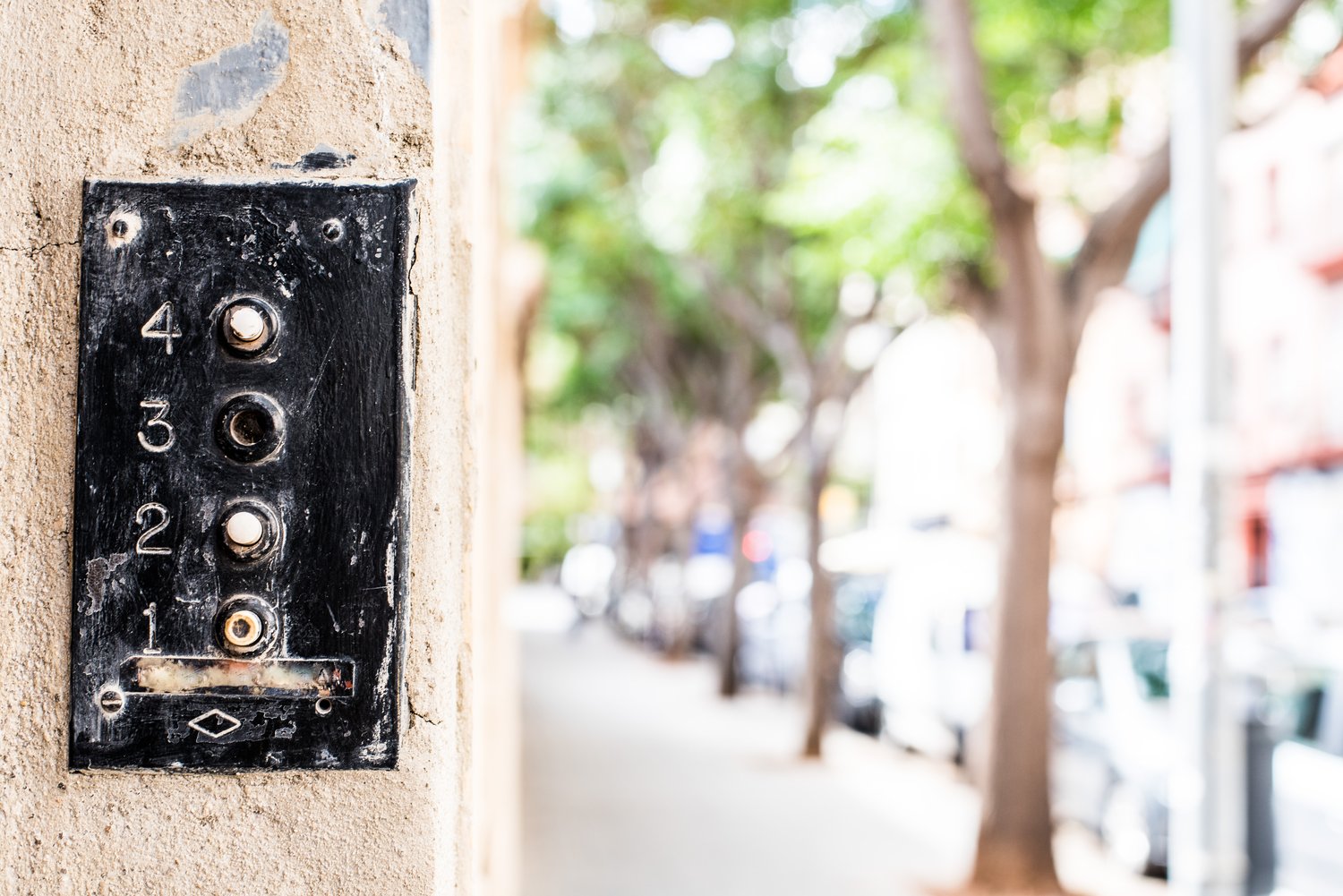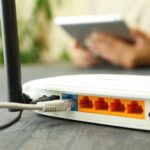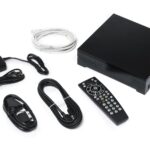When your doorbell starts giving you the silent treatment, it can do more than just annoy you—it might actually disrupt your daily routine or compromise your home’s security. Doorbells, though seemingly simple devices, are a crucial part of modern home communication systems. In this article, we delve into the intricacies of doorbell malfunctions and offer practical solutions to get yours ringing again.
- Understand the most common causes of doorbell malfunctions and learn initial troubleshooting steps to effectively address them.
- Explore straightforward methods for identifying and fixing electrical issues that are impacting your doorbell’s performance.
- Find out when it’s time to seek professional help or consider upgrading your doorbell system to maintain seamless communication.
By the end of this guide, you’ll be equipped with the knowledge to troubleshoot doorbell issues, restoring functionality and peace of mind. Whether you’re a DIY enthusiast or seeking professional insight, these steps will empower you to tackle any doorbell challenge with confidence.
Understanding Fixing Door Bell Malfunctions: Common Causes and Solutions
Doorbells are a critical component of home communication systems. When they malfunction, pinpointing the issue can seem daunting at first. However, understanding the common causes helps in diagnosing and resolving the problem effectively.
One frequent issue is a dead or weak battery in a wireless doorbell. This is most important when the bell appears to be functioning sporadically or has stopped altogether. Simply replacing the battery is often the solution.
Wiring problems are another common cause, especially with hardwired doorbells. Wires can become loose, corroded, or disconnected due to wear and tear. Checking connections and reattaching loose wires can quickly restore functionality.
Corroded push buttons, or malfunctioning transformers can also contribute to doorbell issues. In these cases, cleaning or replacing components might be necessary.
By recognizing these typical causes and systematically examining each component, homeowners can usually tackle doorbell issues without much difficulty.
Identifying Electrical Issues in Your Doorbell System
Electrical issues are often at the root of persistent doorbell malfunctions. Identifying these problems is crucial for ensuring a smooth repair process. Start by checking the power supply. Ensure that the doorbell transformer is functioning correctly.
Use a multimeter to test the voltage output from the transformer. It should typically read between 16 and 24 volts. If not, a replacement may be needed.
Next, verify the condition of the wiring. Look for signs of wear, such as frayed wires or exposed copper. Secure connections are essential for ensuring consistent power delivery to the doorbell components.
Inspect the doorbell chime unit. An obstructed or defective chime mechanism could prevent sound production. If necessary, clean or replace the unit.
By systematically investigating each potential source of electrical failure, you can efficiently diagnose and fix your doorbell system, ensuring it remains in working order.
Advanced Fixing Door Bell Malfunctions: Professional Help and Replacement Options
While many doorbell malfunctions can be addressed with basic troubleshooting, some issues require advanced interventions. Understanding when to seek professional help is crucial for ensuring that your doorbell system operates smoothly and reliably.
Complex wiring issues, repeated malfunctions, or even a complete breakdown of your doorbell system may suggest it’s time to call in a professional electrician. These experts can accurately diagnose intricate electrical problems and perform the necessary repairs. By doing so, you avoid risking further damage or compromising your home’s electrical system.
In some cases, a doorbell system may be outdated or incompatible with newer technologies, making repairs less cost-effective than replacements. Exploring replacement options can not only resolve functional issues but also enhance your home’s doorbell system with modern features.
Consider installing a smart doorbell system that offers advanced features such as video monitoring and smartphone alerts. These updates can significantly improve your home security and provide greater convenience.
Research replacement options thoroughly to ensure compatibility with your home’s existing electrical infrastructure. Consulting with a professional during this evaluation phase can help you choose the best solution tailored to your needs.
By evaluating professional help and replacement options, you can maintain an efficient and reliable entry alert system in your home. Investing in the right solution can offer peace of mind and enhanced home security.
Frequently Asked Questions about Fixing Door Bell Malfunctions
What are the common causes of doorbell malfunctions?
Common causes include faulty wiring, a worn-out chime box, dead batteries, or a malfunctioning transformer.
How can I check if my doorbell transformer is working?
Use a multimeter to test the voltage coming from the transformer. It should match the voltage rating of the doorbell, usually 16 volts.
What should I do if my doorbell button is stuck?
Remove the button cover and clean any debris. If the button still sticks, consider replacing it with a new one.
Can I fix a wireless doorbell malfunction myself?
Yes, check the battery of the transmitter and receiver, and ensure they are within range of each other. Re-pair them if necessary.
When is it advisable to call a professional for doorbell issues?
If wiring needs replacement or you suspect complex electrical issues, it’s best to hire a professional electrician.
What are the benefits of upgrading to a smart doorbell?
Smart doorbells offer features like video streaming, motion detection, and mobile alerts, enhancing security and convenience.





